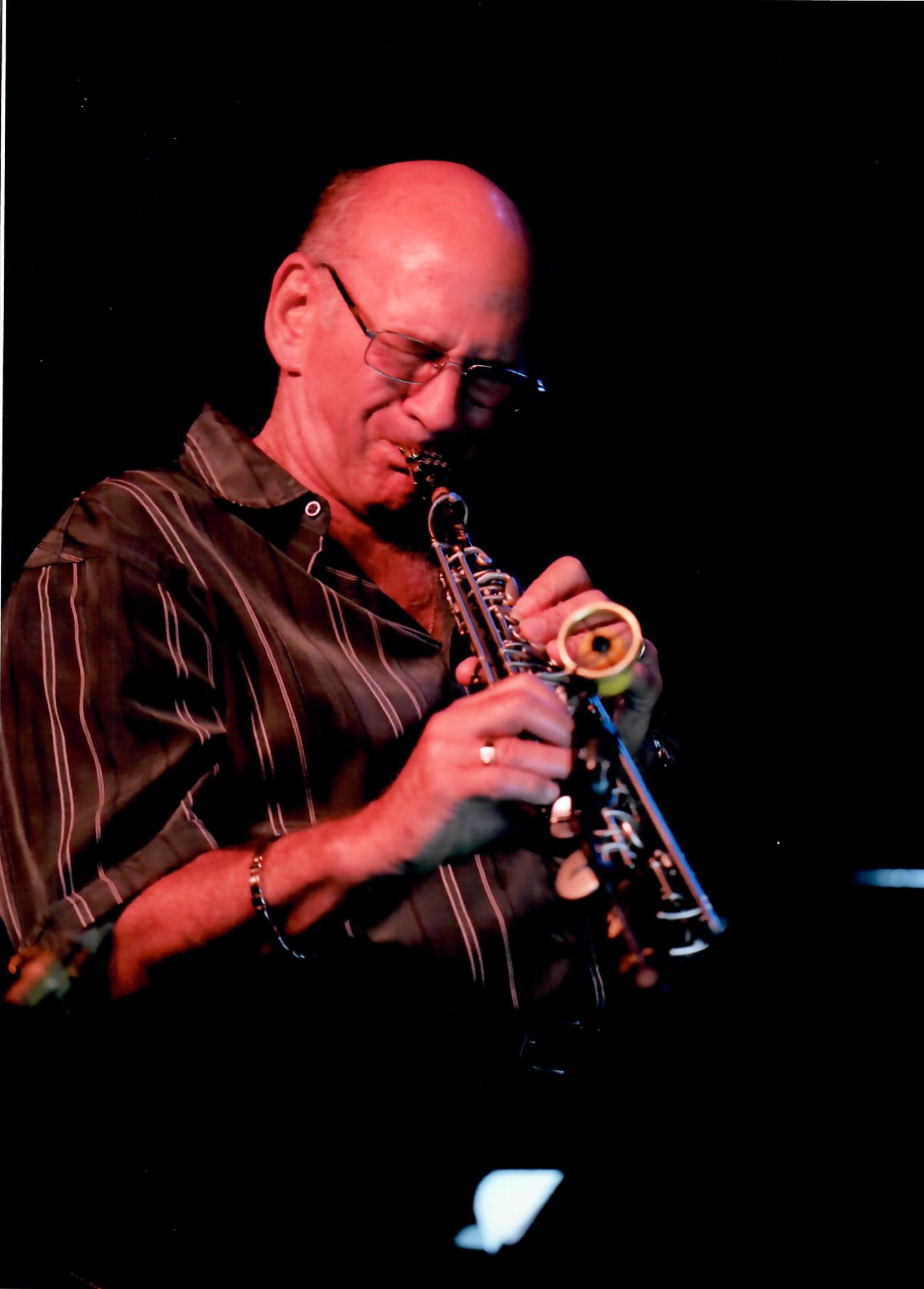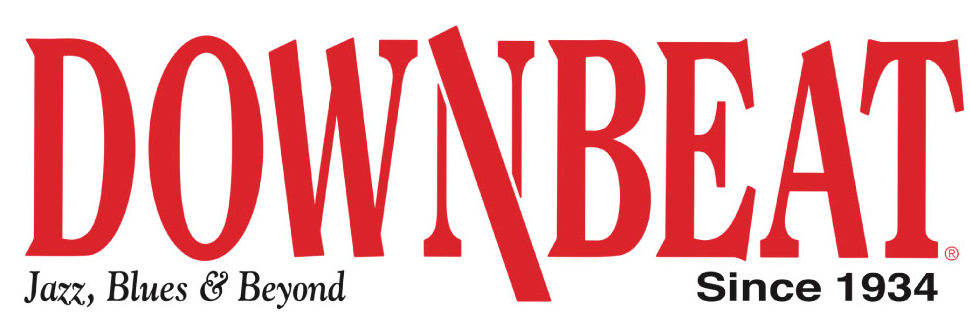WORKSHOPS/CLINICS/MASTER CLASS/LECTURES OFFERED BY DAVE LIEBMAN
Hopefully you are familiar with Lieb from educational and performance work over the years. Those of you who have seen him conduct classes around the world for the past thirty plus years know that he can cover many areas from melody to transcribing, from chromatic harmony to aesthetics, etc.
MISCELLANEOUS TOPICS (The following would all be lecture type events, a one-time 2-3 hour talk.)
SEEING THE LIGHT: This lecture falls under the category of inspirational talks. I describe my childhood, contracting polio, beginning music and when the “epiphany” happened for me (seeing Coltrane live in New York in 1962). The main gist of the talk is to describe how one takes a momentous occasion in life and builds upon the opportunities it presents to guide one’s future. Laced with “jazz” stories, video clips and live playing, this is an entertaining few hours for the general public as well as jazz students.
FROM STUDENT TO ARTIST: I center upon the concerns that confront graduating jazz students as they leave the cocoon of school and begin their artistic/performing/teaching careers, addressing matters such as the business of music, further study, traveling and touring, personal relationships, evolving musically and most important, the process of finding oneself artistically. This transitional phase is usually difficult for students as they usually do not have active mentors or guides to help them through a delicate period as they enter the so-called “real world.”
MY APPRENTICESHIP WITH MILES DAVIS/ELVIN JONES: Recollections of the experiences during my apprenticeship years recording and touring with masters drummer Elvin Jones and Miles Davis during the 1970’s highlighting how they worked artistically and personally and its effect on my life. The underlying theme is what it was like as a young man to be on the “front line” of jazz with acknowledged masters. Video and musical examples of course are part of this lecture.
JOHN COLTRANE/MILES DAVIS: An overview of the life and times of these two artists who had such a big effect on my generation of jazz musicians.
MUSICAL TOPICS (These classes are meant for student interaction and are adjusted as time constraints necessitate.)
SAXOPHONE: The main principles of saxophone sound production based on my book and DVD on the subject.
TRANSCRIPTION: An in-depth look at the transcription process beyond the way it is usually taught; how to use transcribing towards developing one’s own jazz vocabulary. This master class should be done in combination with Caris Visentin Liebman’s lecture on “Creative Applications of Ear Training Techniques” which details an aural approach towards inner hearing, singing and reproducing selected jazz master’s solos towards the goal of connecting practice ideas with the creativity of the improviser/composer across all genres.
MELODIC CONCEPTS: What is meant by a melodic statement; what is ”lyricism;” etc. with examples from the jazz legacy as well as hands on interaction and critique of student’s melodic presentations.
JAZZ RHYTHM: The basics of jazz rhythm (swing) and how to practice these concepts; advanced principles of metric modulation and subdivision; hands on work with rhythm section and soloists to enhance their understanding of how to address this basic and most important aspect of jazz.
COMPOSITION: Main principals concerning why one composes; essential tools in the compositional process; the concept of compositional review; psychological aspects of composing including critiques of student original compositions and re-harmonized standards
A CHROMATIC APPROACH TO JAZZ MELODY AND HARMONY: Based on Liebman’s book, this class can range from a few hours to several days or delivered multiple times during a semester(s). The material is meant for advanced students who are already competent on chord changes and wish to further their harmonic and melodic improvisational choices beyond diatonicism.
ENSEMBLE WORK WITH GROUPS, BIG BAND WORKSHOPS are of course offered as well.



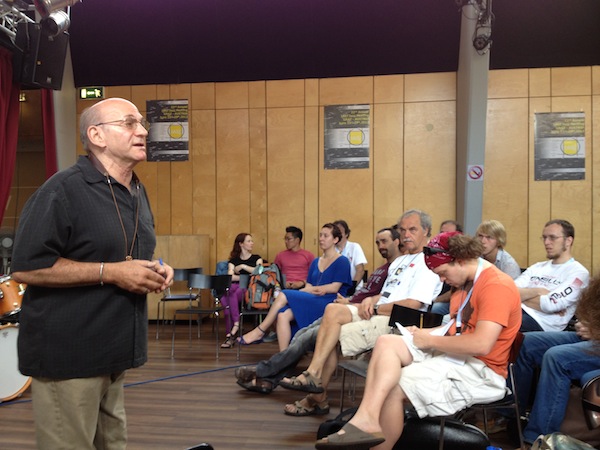
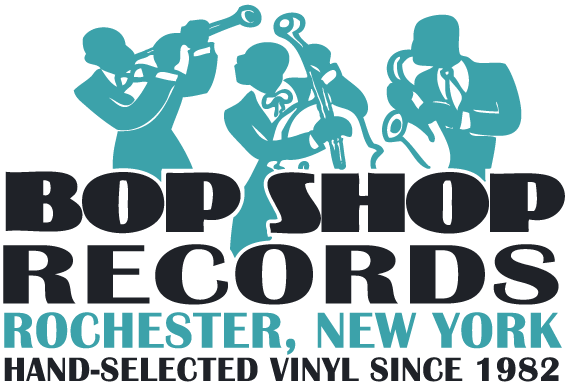
 Lookout Farm: A case study of Improvisation for Small Group Jazz is available now on Amazon Kindle.
Lookout Farm: A case study of Improvisation for Small Group Jazz is available now on Amazon Kindle. 
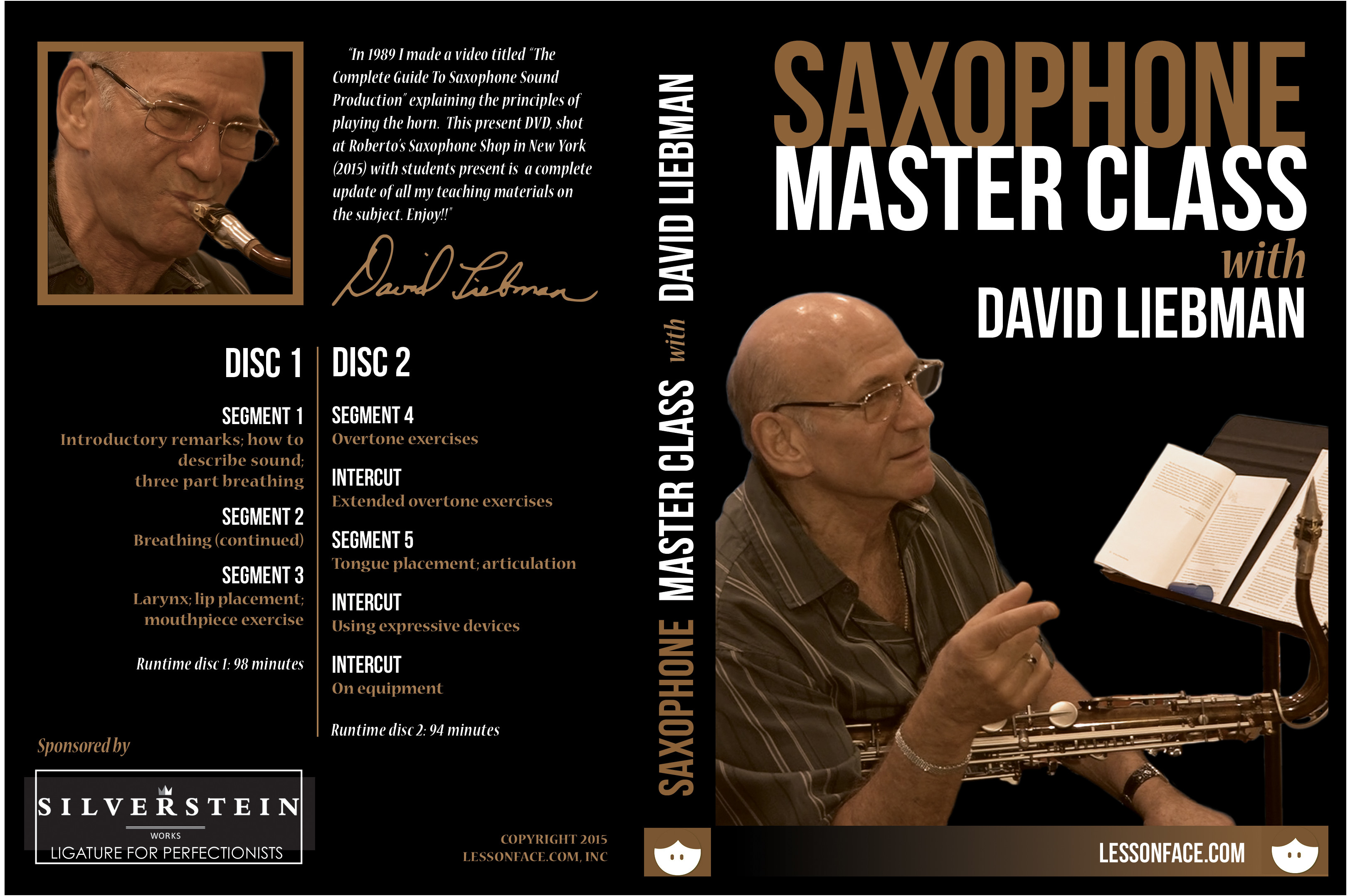 In 1989 I made a video titled “The Complete Guide to Saxophone Sound Production” explaining the principles of playing the horn. This new DVD set (five hours) shot at Roberto’s Saxophone Shop in New York (2015) with students present is a complete update of all my teaching materials on the subject.
In 1989 I made a video titled “The Complete Guide to Saxophone Sound Production” explaining the principles of playing the horn. This new DVD set (five hours) shot at Roberto’s Saxophone Shop in New York (2015) with students present is a complete update of all my teaching materials on the subject.